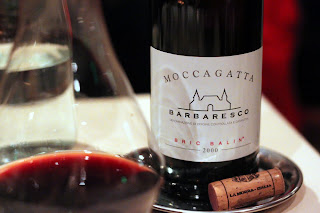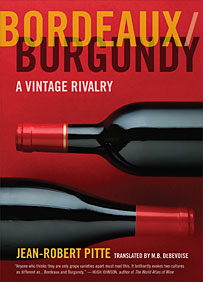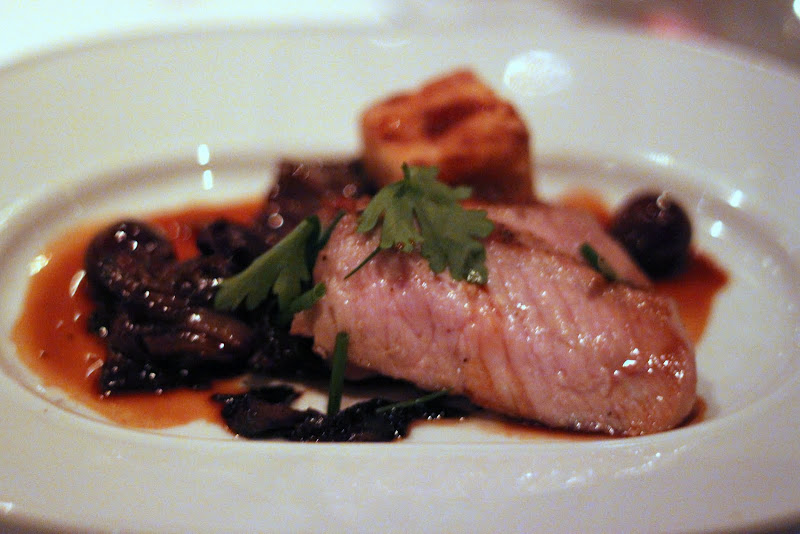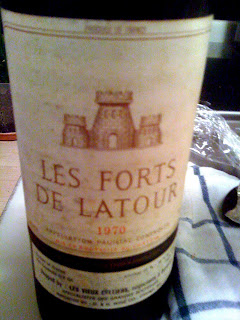Donato Enoteca celebrates 1-year anniversary

On Tuesday last week, June 22, Donato Enoteca - my favorite restaurant - celebrated 1-year anniversary. This place boggles my mind - it's not that it's the most haute or has the most exquisite wine collection or the most illustrious table cloths - there are others than will exceed it in all those categories - but it's the feeling I get when I go there. The combination of being welcome like family, the airy space, the always delicious, reliable, fresh, seasonal, extremely satisfying food, the wines selected with careful thought and respect for all parties involved, and the value offered at this place! It's the total package. Obviously, I am not the only one who thinks that, as the place was packed on Tuesday night. In the restaurant business, surviving a year is a major milestone. Not only is this place surviving , it's blooming! Chef Donato offered a fixed menu for such a low price, it was practically a give-away ($34). I asked them why - Eric said "last year w
.JPG)





